On my second day, I headed to Kobe with Craig and Kevin. Since arriving in Kyoto we’d seen posters advertising the Lunar New Year’s celebrations in Kobe’s Chinatown plastered all over the subways. I was excited to see what Japan’s Chinatown was like, and also to explore a bit of Japan outside of Kyoto.
We decided to take the Shinkansen, the high speed bullet train, there. I was excited to buy an ekiben (lit. “station bento”) inside Kyoto Station, even though the ride was only 30 minutes long. In my history class on Tokyo, we’d learned about the spread of the Japanese railway system and the rise of regional bento being sold at each railway station for busy commuters. The ride was too short to justify taking the bullet train two-way, so I unfortunately wasn’t able to see what Kobe’s ekiben were like on the way back, but I quickly ate my ekiben on the train for breakfast.
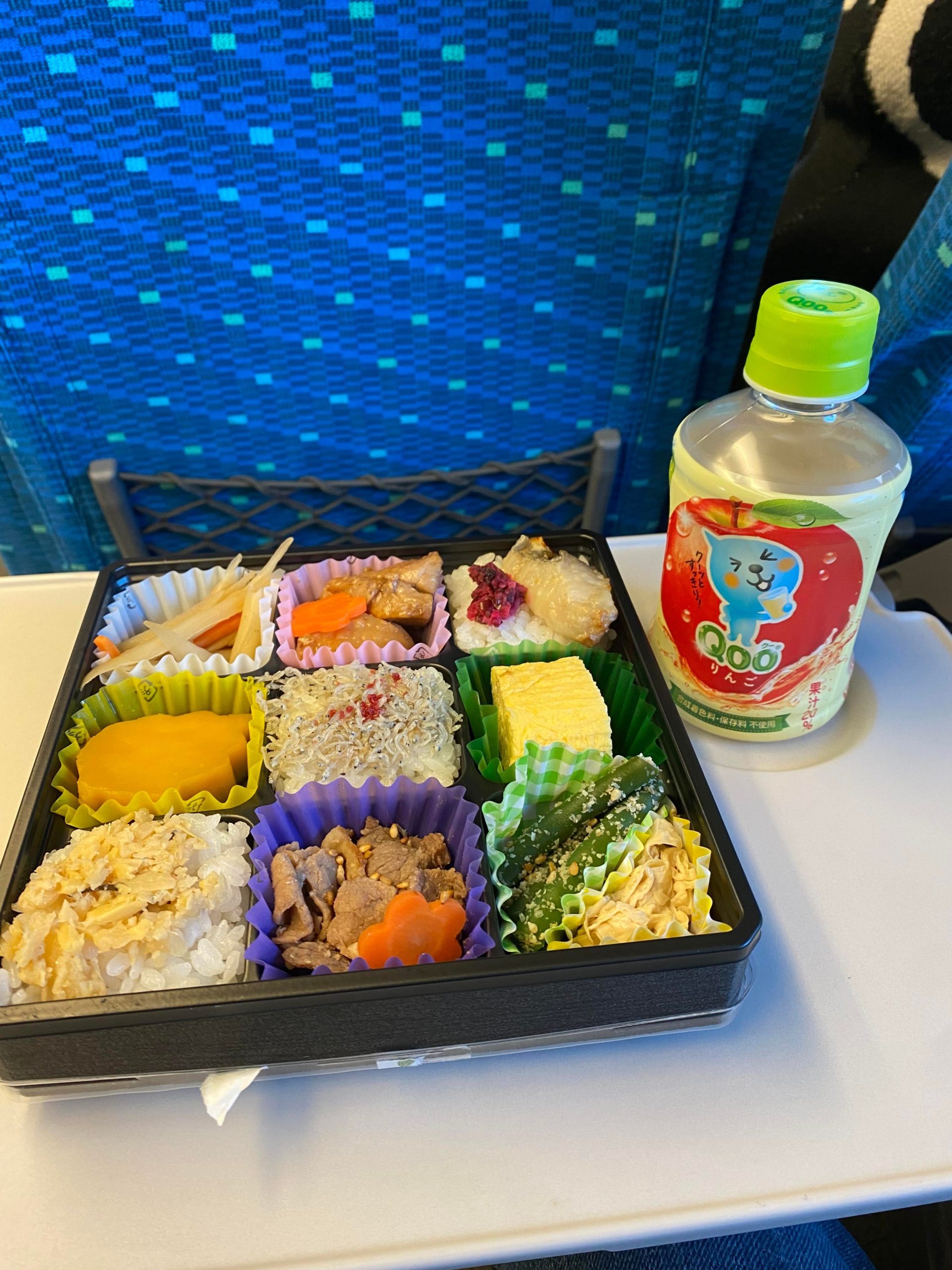
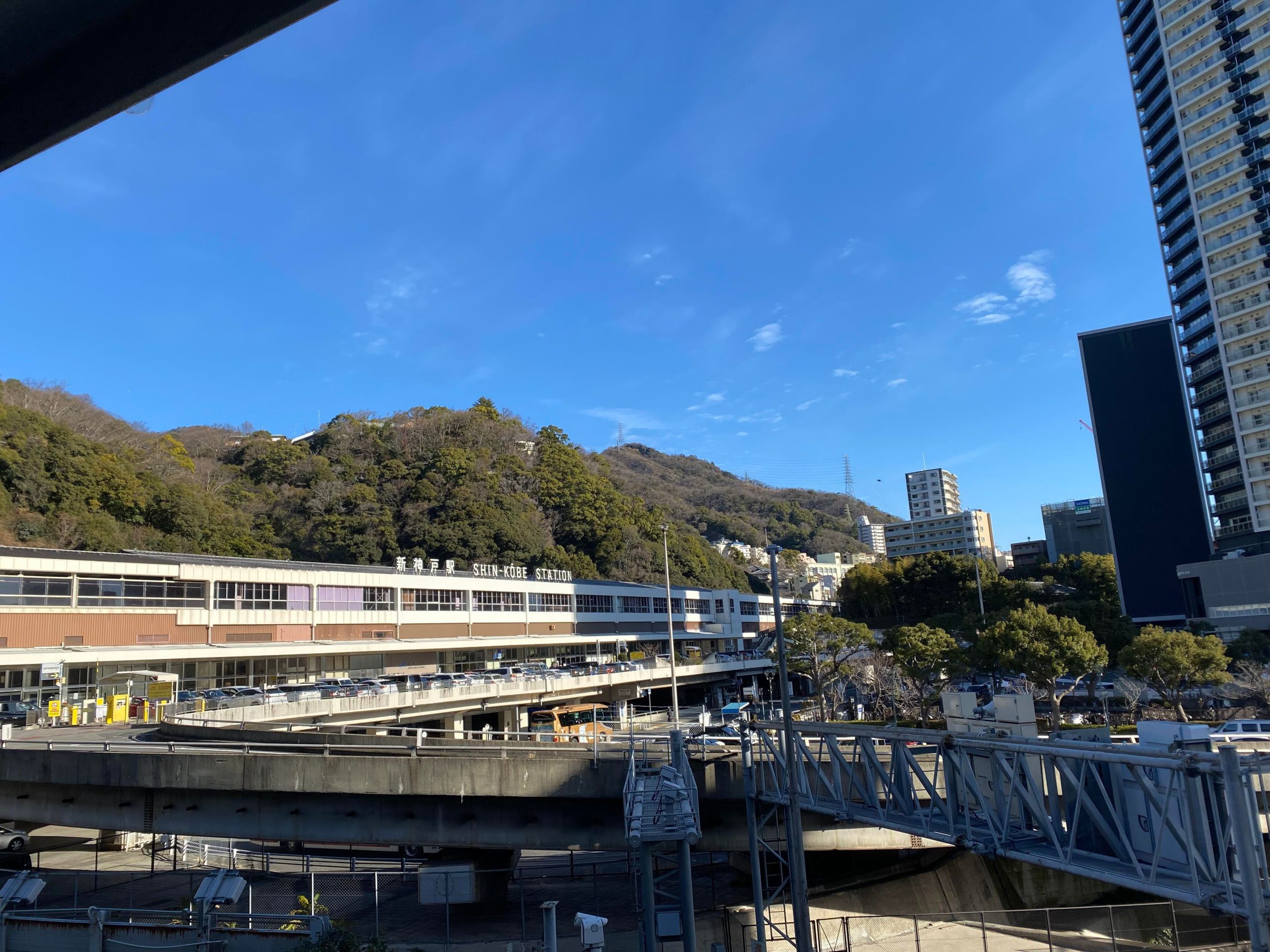
We arrived at Kobe fairly early, so we decided to take a ski lift up to Kobe’s famous herb gardens. It gave us a gorgeous view of the city, with even Osaka visible in the background.
Unfortunately, my photos don’t really do it justice–it was really the view of the waterfront and bay that stunned me. You can barely see the water in the upper right corner of this photo below.
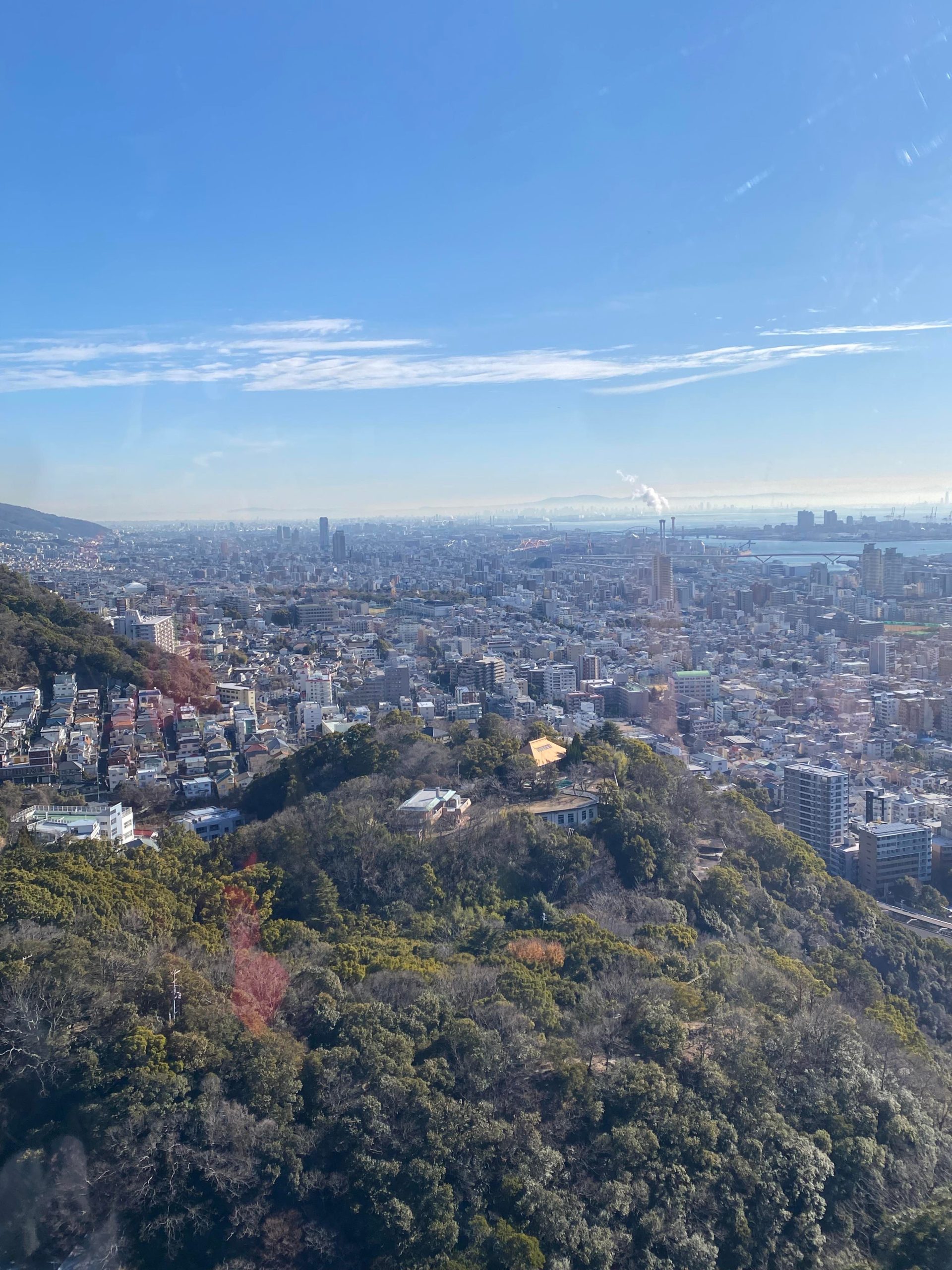
The herb gardens were beautiful. It was interesting to see how deeply Western (read: French) it was, and how that reflected on everything from the tags identifying the herbs and flowers, to the intricately designed patterns in the greenhouse and open-sky gardens, to of course the herbs themselves. The opposite of the Japanese gardens we’d visited, in many ways. It also made me think more about the French influence evident in so many of Kyoto’s patisseries and high-end restaurants; the main source of Western influence in Japan, before America.
After that, we finally headed to Chinatown. We caught a beautiful song performance on the main street. The gaudy decorations at the central square reminded me of San Francisco’s Chinatown, though most of the rest of the street was pretty lowkey in comparison.

Then, of course, was the street food. I’d been curious to try Chinese-Japanese food, and actually, a lot of things looked familiar. There were even some Chinese-American classics. Overall I don’t think I tried enough foods to say if there was a distinct difference between this Chinese fusion food and the kind back home–perhaps the meals were generally lighter?
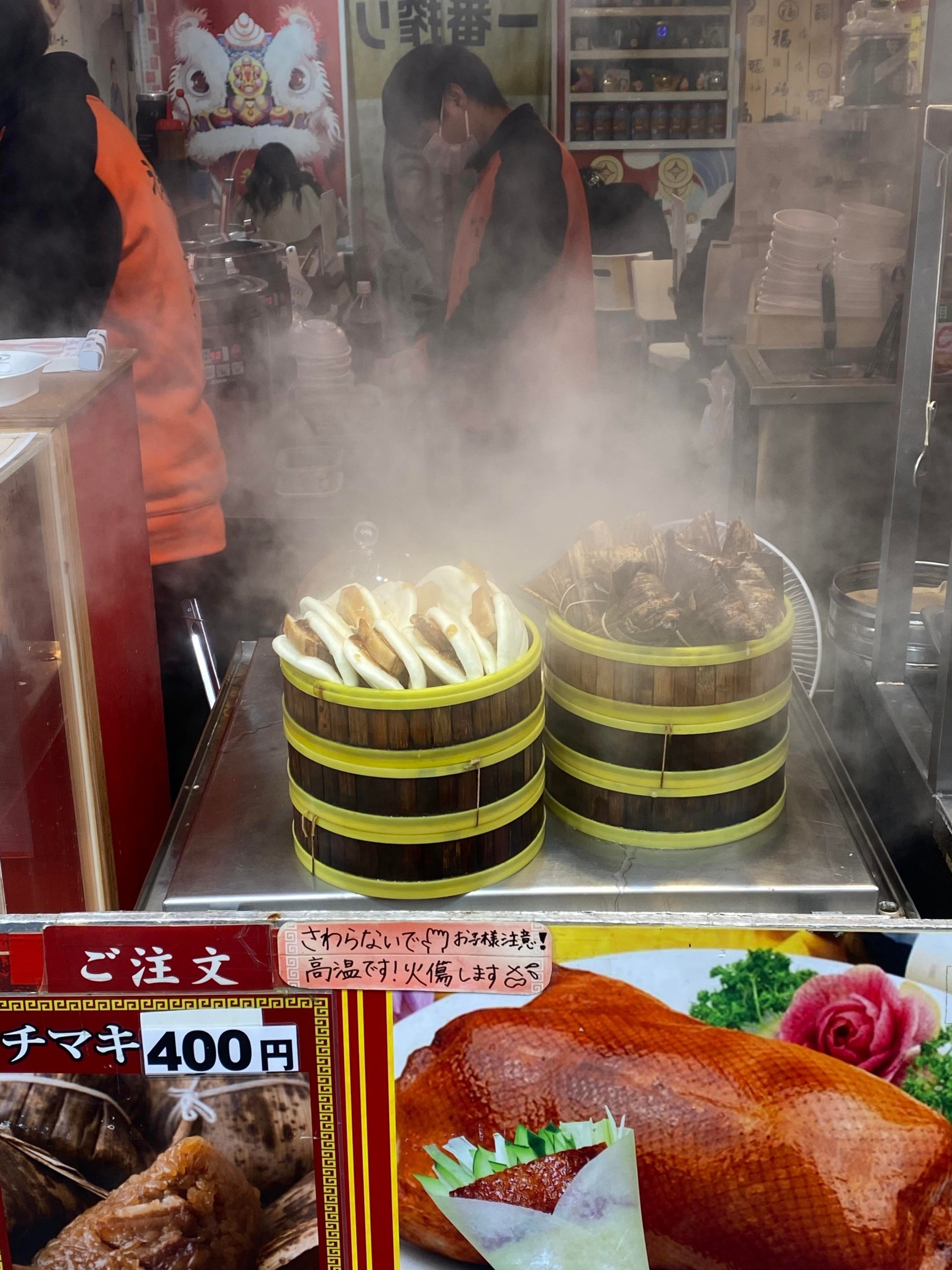
Then, while walking out to the waterfront, we unexpectedly came across a Vietnamese’s Lunar Year celebration. I’d been disappointed not to see a dragon dance in Chinatown, but here we managed to catch one! The other performances were also very good, and of course the stalls sold great food.

We stopped by Chinatown one last time. A full-on Kobe beef lunch set had been too expensive, but it felt wrong to leave without trying the city’s most famous attraction. Kobe was the first place to begin large-scale production of beef for Westerners. So we got a cheap Kobe beef zongzi (stuffed sticky rice wrapped and steamed in leaves) and beef croquette. Honestly, I’m not really sure if it was even Kobe beef, or just beef from Kobe; if it was from the right cows, it was probably the worst and oldest cuts of meat. Even so, it tasted delicious. The croquette was almost obnoxiously juicy and Craig and Kevin tell me that the zongzi was the same.
Finally, we headed back. We got back around 7pm, and I split with Craig and Kevin, who headed for a public bath. Me, I had some money to spend.
On gacha.
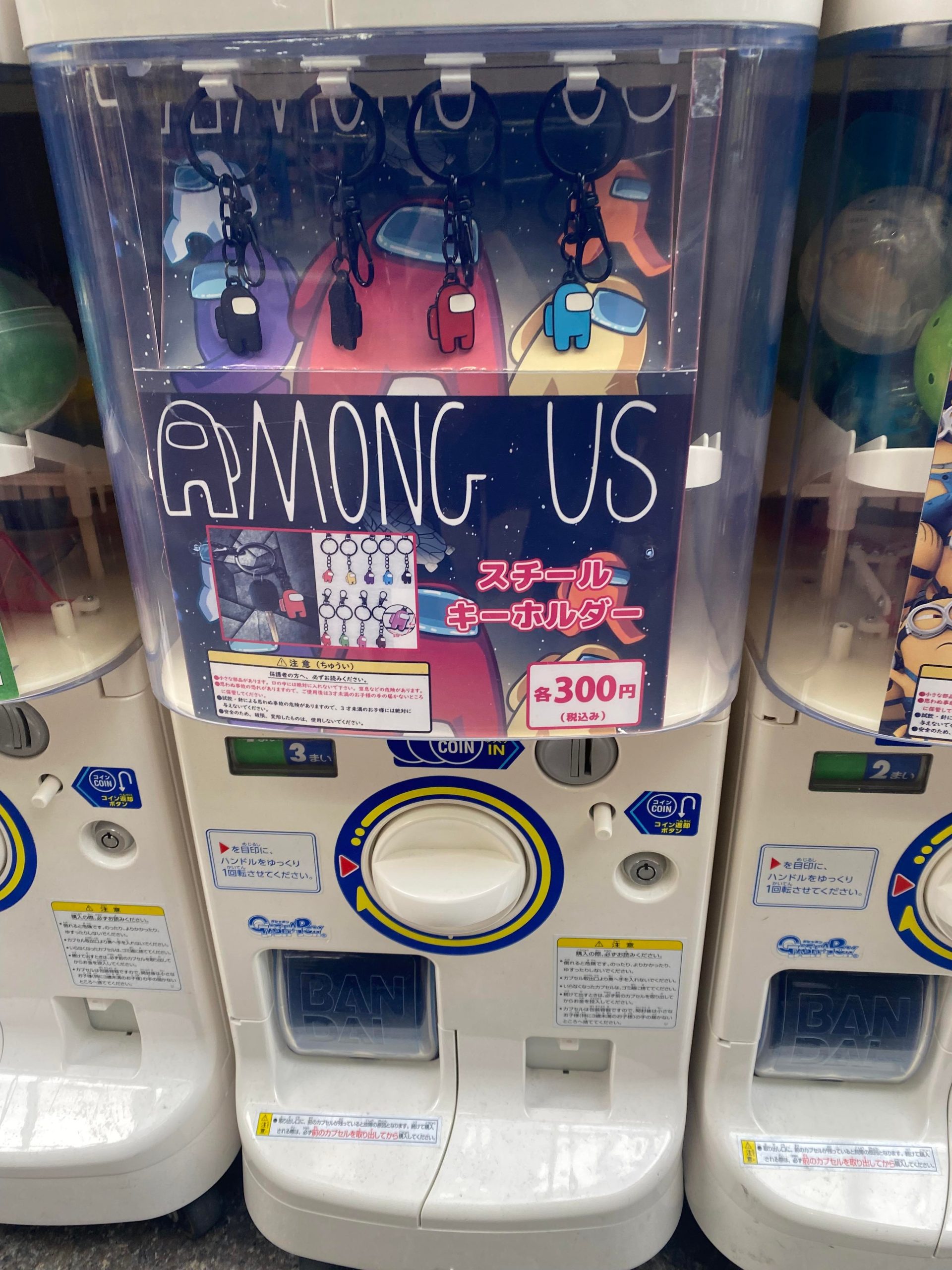
I love gacha. I’ll openly admit that in another life I’m probably a gambling addict. I couldn’t resist grabbing a bunch of little cute and silly trinkets as souvenirs and gifts for friends. Luckily, I picked nice enough machines that I never really lost on any spin.
Overall, it was a long, but fun day. I’m glad we got to experience Kobe (even if we didn’t get to try a proper steak or teppanyaki).
